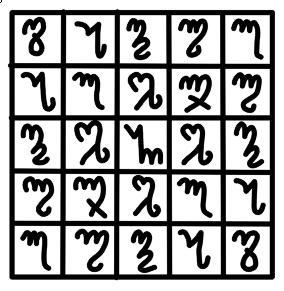Inconsitencies in the Qabalistic Cross
While looking through the book The Complete Golden Dawn System by Israel Regardie, I noticed several inconsistencies in how the Qabalistic Cross is performed. First and foremost, in one case, "Ateh" is being vibrated, and in the second "Atoh". Also, the order in which you touch the shoulders is different. Now, the question is, which is the correct way. Here are the highlights from the book: Volume Three Highlight (orange) - Page 293 · Location 4617 So in making the Qabalistic Cross on your breast it is correct to touch the Forehead and say Ateh - Thou art; the Heart - Malkuth; Right Shoulder, ve-Geburah; left shoulder ve-Gedulah, and with the fingers clasped on the breast say, Le olahm, amen! Highlight (orange) - Page 409 · Location 6526 Take a steel dagger or knife in the right hand, face East: Touch your forehead and say Atoh (thou art). Highlight (orange) - Page 409 · Location 6527 Touch your chest and say Malkuth (the Kingdom). Touch the right shoulder and say ...

